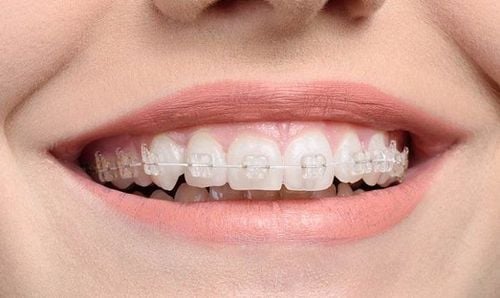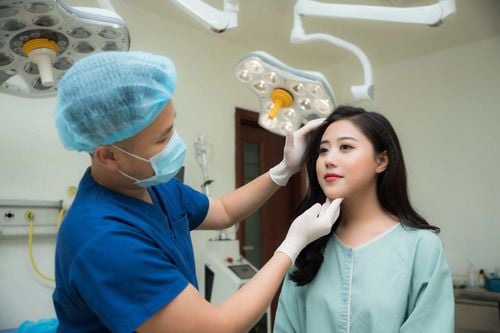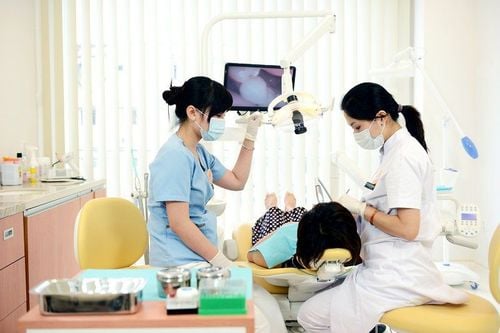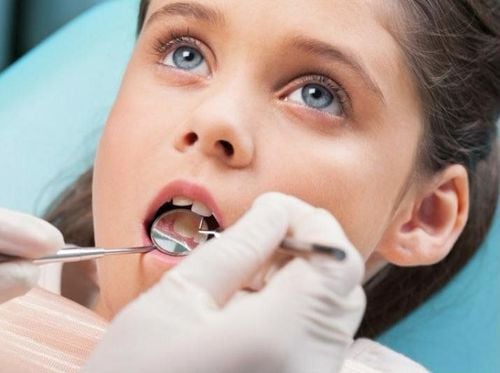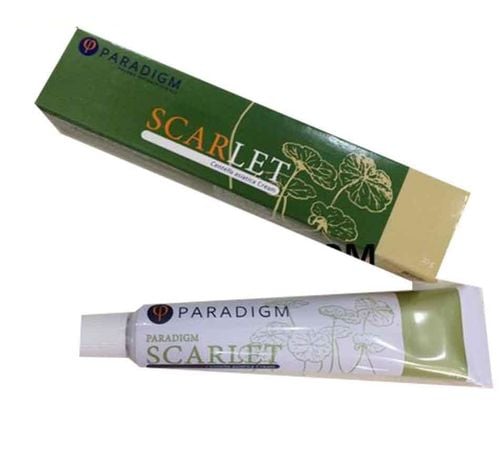This is an automatically translated article.
Frozen skin is when direct exposure to low temperatures for a long time leads to skin damage. Compared with common skin burns caused by exposure to high temperatures, cold burns are less common and recovery is generally better. However, if you don't know how to properly give first aid to your skin, frostbite skin damage can also progress quickly and spread more widely.1. How to recognize the skin when cold burns?
Frostbite is a type of skin injury that can occur when the skin comes into direct contact with ice or cold objects. In fact, frostbite usually occurs after prolonged exposure to freezing temperatures or below freezing. For example, when applying a cold pack directly to the skin for too long, it helps to reduce joint pain, reduce swelling and swelling of the underlying tissues, and the local skin may experience frostbite.Frostbite is essentially a mild form of frostbite in which the skin has not yet frozen solid. The most common sites affected by frostbite are the tips of the fingers, toes, cheeks, chin, ears, and the tip of the nose.
Symptoms that help identify the skin during frostbite include:
Observation of the skin turning white, pale or gray or bluish-white Feel the surface of the skin cold and hard density Sensation of local numbness Loss of sensation superficial and deep sensation in one part of the body Layers of skin peeled and peeled Clear blisters appear on the skin or are filled with blood The skin turns black – this is a serious condition that can be The skin has been necrotic due to lack of local blood supply
2. What causes frostbite?
Frostbite is usually caused by prolonged direct skin contact with ice or something very cold. Accordingly, the application of ice or cold compresses used to treat sore muscles after an injury can cause frostbite if applied directly to bare skin. In addition, prolonged exposure to snow, cold or windy weather can also cause low-temperature skin burns.When the skin is frozen, the water component in the skin cells will also freeze, forming sharp ice crystals and can inadvertently damage the skin cell structure. At the same time, the blood vessels near the skin also begin to constrict. This condition will reduce blood flow to the affected areas, causing further widespread skin damage.
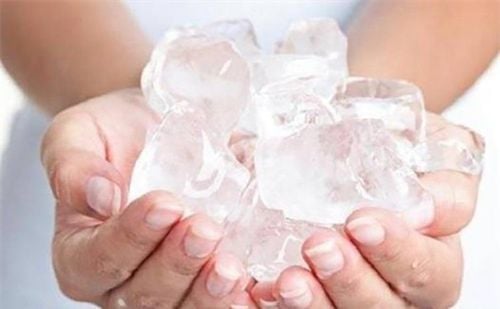
Trực tiếp tiếp xúc với nước đá trong thời gian dài có thể gây bỏng lạnh
3. What are the risk factors for frostbite skin?
Everyone is at increased risk of frostbite and other cold-related skin injuries if they spend a lot of time in cold conditions or high-speed winds and don't dress appropriately for those conditions.In addition, lifestyle habits and conditions that can also negatively affect circulation or the ability to detect lesions in the skin can also increase the risk of frostbite. Specifically, a person is at higher risk of frostbite if they are given medications that reduce blood flow to the skin, such as beta-blockers; have diabetes, peripheral vascular disease, or other conditions that impair local or systemic circulation in general.
Besides, people with peripheral neuropathy or other conditions that reduce the ability to detect skin lesions will increase the time of exposure to cold temperatures, which is more likely to lead to frostbite. In addition, due to the fragile skin structure, young children have a thin layer of subcutaneous fat, and the elderly have atrophy of the subcutaneous fat layer, these conditions also increase the risk of frostbite.
4. How to give first aid to the skin when cold burns like?
If any of the above symptoms are suspected of frostbite, what to do is as follows:Go to the hospital as soon as possible! Protect the affected skin from further damage by wrapping it in several layers of dry clothing, warm blankets, towels, or even newspaper. If you can't get to the hospital early or your symptoms are very mild, start applying heat and dressing the affected area. The way to apply warm is to use warm water, place the affected skin in warm water 37-39°C, avoid using water with a higher temperature because it is easy to irritate the skin or cause further skin damage. To prevent further frostbite skin injuries, it is important to: Do not heat the affected area violently as this will increase skin damage Do not rub the affected skin with your hands or anything else because friction will also increase damage to tissues. Do not heat the skin by using a stove, fireplace, or open fire as the skin is very sensitive and can easily burn. Do not smoke or drink alcohol. These affect the blood vessels and blood circulation to the damaged area. Move the casualty to a warmer environment. Splint or cushion the affected area of skin to minimize possible injury during movement. If the area of frostbite is on the legs, do not walk on two legs. This can increase tissue damage. In case of severe frostbite skin damage or lack of understanding of first aid steps for frostbite, it is best to take the victim to the hospital for evaluation as soon as possible. Frostbite often causes areas of dead skin and tissue that may require surgery to remove and prevent infection.
5. How to prevent frostbite
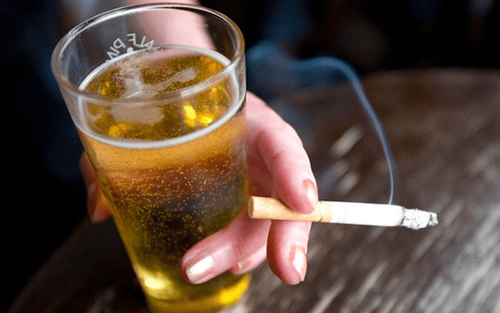
Hạn chế hút thuốc, uống rượu để phòng ngừa bị bỏng lạnh
Wear enough layers to keep your body warm. Cover carefully on exposed body parts to protect them from cold weather. Eat well when it's cold outside. Don't drink alcohol. Do not smoke. Either way can make the skin more sensitive to cold. Don't get wet. Bring emergency thermals when you need to go out in cold weather. If the use of an ice pack is necessary, wrap the ice pack in a thin towel and use it only for up to 15 minutes every 1 to 2 hours. In conclusion, frostbite skin is a relatively rare condition. Accordingly, the steps of skin first aid when cold burns are not always mastered. However, it's important to avoid further skin damage once a frostbite has occurred and it is best to get the victim to the hospital as soon as possible. For prevention, it is necessary to equip the body with measures to keep the body warm when it is cold outside as well as to use cold packs properly when needed on an area of skin.
If you have a need for consultation and examination at Vinmec Hospitals under the national health system, please book an appointment on the website (vinmec.com) for service.
Please dial HOTLINE for more information or register for an appointment HERE. Download MyVinmec app to make appointments faster and to manage your bookings easily.





